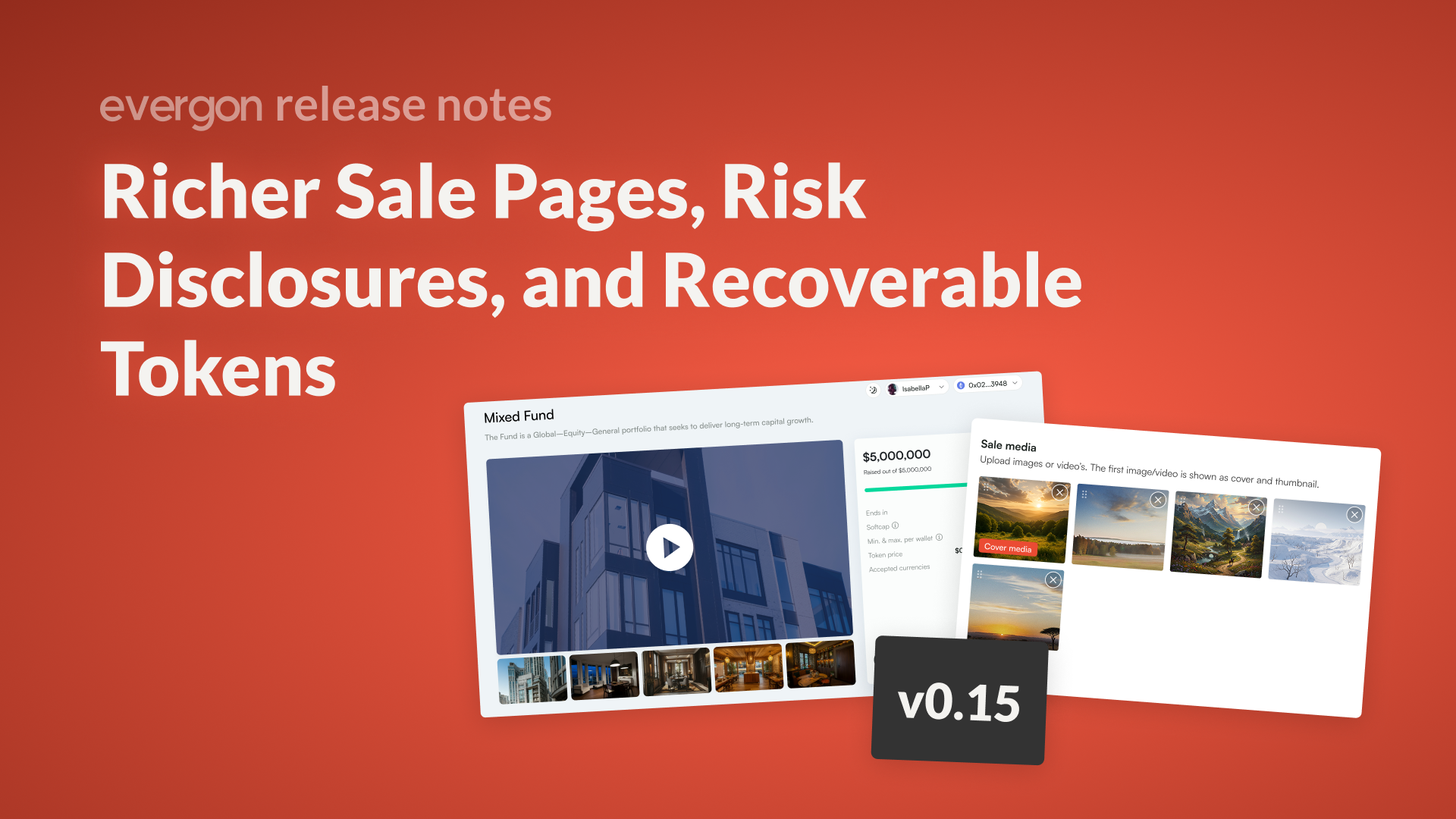How omnichain tokenization will unlock liquidity for digital assets

The tokenization of real-world assets (RWAs) has revolutionized the way financial institutions manage, trade, and distribute assets. However, the rapid growth of the digital asset space has exposed significant obstacles—chief among them is interoperability across blockchain ecosystems. Siloed blockchains are limiting capital access and liquidity opportunities, with 90% of financial institutions citing fragmented liquidity, regulatory complexity, and security concerns as major barriers to adoption.
To address these issues, omnichain tokenization has emerged as a breakthrough solution. Unlike traditional multichain or cross-chain approaches, omnichain infrastructure allows digital assets to move seamlessly, securely, and compliantly across multiple blockchains: unifying pools of liquidity while enhancing asset utility and safeguarding underlying assets. In this article, we will explore the different models of blockchain interoperability and why omnichain is key to driving the next wave of mass adoption in the tokenized economy.
Blockchain interoperability: The key to liquidity and mass adoption
Blockchain interoperability refers to how networks communicate and exchange data. In a decentralized ecosystem, interoperability is crucial because, without it, users are unable to send, for example, assets between different blockchains- which leads to isolated pools of liquidity. Currently, hundreds of independent blockchains exist, each offering unique advantages but many operating in isolation, leading to fragmented liquidity and limiting the potential of digital assets.
This fragmentation presents three major challenges:
- Isolated pools of liquidity:
When assets are locked into individual blockchains, liquidity becomes fragmented. Isolated pools of capital across different blockchains limit the ability to buy, sell, or trade assets freely, reducing market efficiency. In fact, 90% of financial institutions cite interoperability as one of their biggest hurdles to adopting tokenization. - Strict compliance:
Enforcing regulatory standards such as KYC/KYB, AML, and other stringent jurisdictional requirements becomes increasingly difficult when assets reside on different blockchains. Without a unified solution, enforcing compliance across ecosystems becomes complex, especially for global institutions. - Complexity & control over underlying assets:
Organizations find it challenging to balance asset accessibility while ensuring security and maintaining control over the underlying assets. Existing solutions to transfer assets between blockchains, like cross-chain bridges, are cumbersome and come with significant security risks, as they are frequent targets for hacks.
It’s clear that blockchain silos are limiting the potential of digital assets. For tokenization to truly flourish, interoperability must be achieved in a way that addresses liquidity fragmentation, regulatory compliance, and security. That’s where omnichain comes into play.
When launching digital assets across different blockchain ecosystems, there are three main approaches: multichain, cross-chain, and omnichain. Let’s take a closer look at each.
The difference between multichain, cross-chain, and omnichain
Multichain: Independent versions of tokens on separate blockchains
In a multichain issuance, the same token is issued on multiple blockchains, but each instance of the token operates independently. For example, a token could be issued both on Ethereum and Avalanche, but the two versions don’t communicate with each other. While this approach ensures security, it sacrifices liquidity and increases the complexity of managing assets across ecosystems.
Cross-chain: Token transfers via bridges
Cross-chain infrastructure enables tokens to move between blockchains through bridges, where tokens are typically “burned” on one chain and “minted” on another. While this allows for some level of interaction between blockchains, cross-chain bridges are vulnerable to hacks, leading to security issues. Additionally, the transfer process can be inefficient and prone to failure, and complex to manage for end-users.
Omnichain: Seamless connectivity across blockchains
Omnichain represents the next level of blockchain interoperability. Rather than relying on separate tokens or cross-chain bridges, omnichain-native tokens can move seamlessly across multiple blockchains (which can be selected by the issuer). A universal messaging layer allows for the unification of liquidity across chains, enabling institutions to maintain control over their underlying assets while ensuring compliance across all blockchains. This makes omnichain the most efficient, secure, and scalable solution.

Why omnichain is the future of tokenization
For institutions and token issuers, omnichain infrastructure offers several game-changing advantages:
- Unified liquidity:
By allowing tokens to operate across multiple blockchains, omnichain infrastructure unifies isolated pools of liquidity. - Enhanced security:
Since omnichain infrastructure doesn’t rely on risky cross-chain bridges, the security of assets is greatly improved. Tokens can move across chains without the need for burning and minting processes. - Automated compliance:
One of the critical challenges in tokenization is regulatory compliance. With an RWA specific omnichain infrastructure like Evergon, compliance rules like KYC and AML travel with the token across all blockchains, ensuring that institutions meet regulatory standards wherever their tokens are traded. - Keep control over underlying assets:
Omnichain infrastructure allows issuers to safeguard the underlying assets represented by their tokens. By keeping control of these assets while enabling them to operate across different blockchains, institutions can confidently expand their tokenization efforts.
Effortlessly connect your asset to any blockchain in 4 simple steps
At Evergon, we’ve built an omnichain token infrastructure for digital assets to tackle the challenges of today’s fragmented blockchain space, while ensuring compliance. Our platform allows institutions to tokenize assets, ensuring that those assets are interoperable, compliant, and secure across multiple blockchains.
Here’s how it works:
- Import your assets seamlessly
Tokenize assets or import existing tokens from any blockchain—public or private—without the need to rebuild infrastructure. - Adapt your tokens instantly
Convert assets into omnichain-native tokens, unlocking liquidity across multiple blockchain ecosystems - with full control over which blockchains to include.
- Enforce compliance automatically
Automatically enforce global compliance standards, adhering to KYC, AML, and jurisdictional requirements. - Distribute across markets and ecosystems
Seamlessly distribute tokenized assets across multiple blockchains, expanding market reach and maximizing liquidity for both retail and institutional markets.
By leveraging Evergon’s omnichain infrastructure, financial institutions and organizations can unlock the full potential of tokenization, ensuring that assets move freely, securely, and compliantly across all blockchain networks - while maintaining control over the underlying assets.
Request a demo
The future of tokenized finance is here. Ready to unlock liquidity and compliance across blockchains? Get a demo of Evergon’s solutions today.









